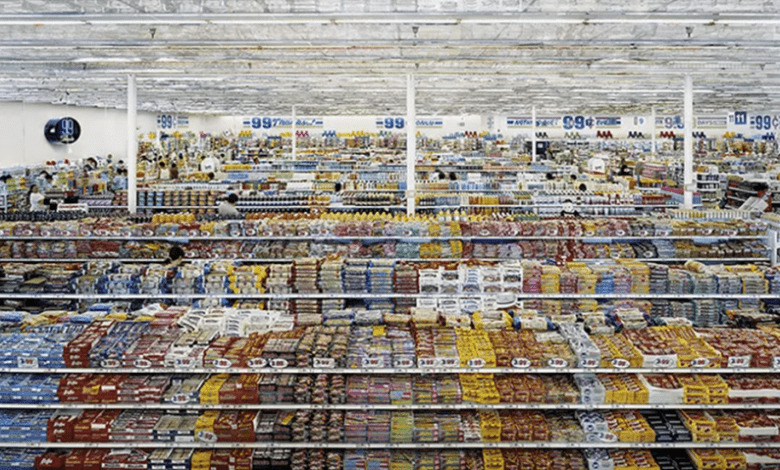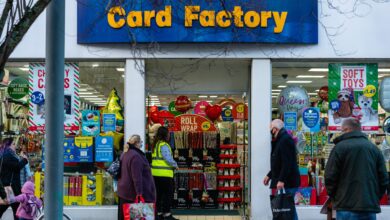How retailers can fill the data gap on their shelves

Register to get 1 free article
Reveal the article below by registering for our email newsletter.
Want unlimited access? View Plans
Already have an account? Sign in
The value of the shelf
The average person’s attention span when standing at a shelf is now just eight seconds, but with 70% of purchase decisions being made at the shelf, these eight seconds are the most important for CPGs and retailers to understand. But what influences these decisions?
The location of a product on the shelf can determine which product is chosen. In the same way, if the product is not on the shelf at all, the shopper is forced to make a quick decision of what to buy instead. Without a digitalised process to find out what is happening on the shelf you lack the data to understand the purchase decision.
Shopper dynamics can be discovered through category management, shopper insights, market data as well as ad-hoc consumer research. However, the performance of brands and categories is dependent on what products make the shelf and how they are segmented and merchandised. To win with shoppers shelves should be continually optimised in a way which boosts sales, but CPGs are handicapped without understanding the health of the shelf in every store.
What’s missing?
The shelf changes by the second. When people walk into a store, their presence is measured by foot-fall detectors, but these solutions do not have visibility on what is visible to customers when they’re looking at the shelf. This lack of data is critical to CPG organisations and retailers. Previous solutions such as manual store audits are no longer sufficient as by the time the data is collated it is often incorrect or out-of-date.
Manual audits are lengthy processes which take away time staff could instead be spending on more valuable tasks. Point of sale analytics can provide data on sales, shares and other distribution measures, but do not provide insight into where in the store the product was displayed and located. Consequently, companies are missing live data of the shelf and therefore have no way to collect data on shopper’s choices as they are making them.
The data gap is a huge issue for retailers and CPG organisations and directly effects brand performance, store sales and margins. If a product runs out of stock, it can take a while for store assistants to notice, especially in large stores, meaning that for a period of time, no one can buy the product, so sales are restricted and customers can be frustrated with a lack of choice. However, computer vision technology can provide instant notifications when a shelf becomes empty, speeding up the process of re-stocking, and therefore fuelling a consistent shopping experience.
Furthermore, if there is no back-up stock available, the gap in data would mean companies would have no idea which product was chosen by the customer as an alternative and why. This data would enable retailers to optimise space and assortment to best benefit their sales.
What can organisations do?
To fill this gap in data and protect brand performance, retailers and CPG organisations need to be able to see the market at any given point and gain insights on shopper decisions within minutes. Therefore, it’s essential that CPGs and retailers digitise to survive. What is happening on the shelf at the moment of purchase decision needs to be captured and, using technologies like AI and computer vision, transformed into insights that can be used to improve shelf performance.
CPGs and retailers can now digitise shelf audits to ensure they are also gaining this information in real-time, meaning they can act on the knowledge of an out-of-stock issue quicker and easier than ever before. This ensures product and category performance is optimised in every store and brands can ensure their customers do not become frustrated with a lack of choice. Digitising the shelf and capturing the data of what happens at the point of customer choice allows for better shelf management and ultimately better sales.
By Martin Smethurst, managing director Trax







